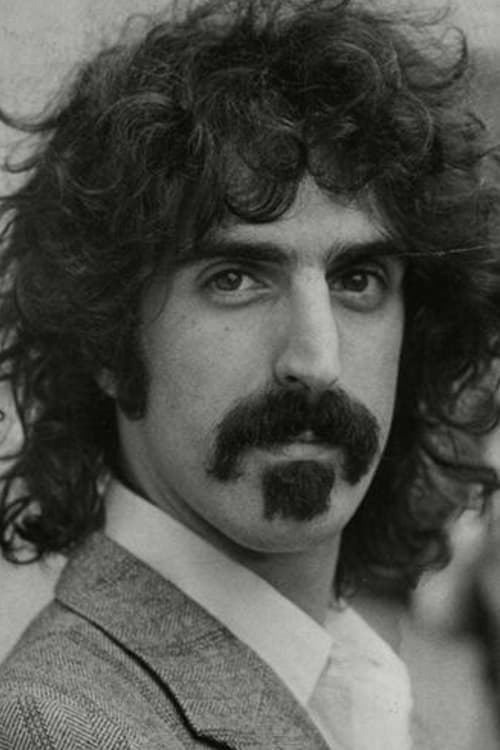Frank Zappa: We Don't Mess Around (1978)
Circus Krone 1978
Жанр : музыка
Время выполнения : 0М
Директор : Ulrich Schramm
Краткое содержание
Tracklisting: 1. Pound for a Brown 2. Baby Snakes 3. Deathless Horsie 4. Dancin' Fool 5. Easy Meat 6. Honey Don't You Want A Man Like Me 7. Keep It Greasey 8. Why Does It Hurt When I Pee? 9. Sofa #2 10. Vinnie's Seal Call Fusion Music 11. Bobby Brown 12. Conehead 13. Dead Air/I'm On Duty 14. St. Alphonzo's Pancake Breakfast 15. Father Oblivion 16. Rollo 17. Bamboozled Outro
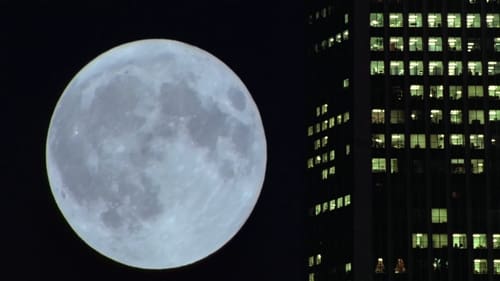
«Koyaanisqatsi» — с языка индейцев племени хопи — это безумная жизнь, беспорядочная жизнь, жизнь на грани распада, жизнь вне баланса, жизнь, требующая изменений во имя продолжения жизни…
"Коянискацци" (Koyaanisqatsi; Жизнь, выведенная из равновесия) - документальный фильм Годфри Реджио с музыкой композитора-минималиста Филипа Гласса и киносъёмками Рона Фрика. Лента содержит большое количество фрагментов, снятых по технологии замедленной киносъёмки. Фильм полностью лишён дикторского текста и актёрской речи, однако его музыкальное оформление, на которое опирается сюжет, занимает в повествовании такое же значение, как и видеоряд, и, фактически, создаёт атмосферу фильма. Это первый из трилогии фильмов "Кацци", показывающей с различных сторон взаимодействие человека и технологии. Более десятилетия из-за лицензионных ограничений фильм "Коянискацци" не издавался, так как Филип Гласс и его ансамбль гастролировали с ним, вживую исполняя музыку прямо перед киноэкраном во время показов.

A musician tries to get by working several jobs.
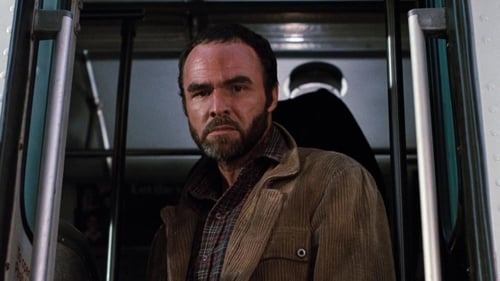
После провала агентурной «легенды» полицейского Шарки понижают в должности и переводят в полицию нравов. Но он при поддержке своих коллег пытается продолжать расследование особо опасных преступлений.
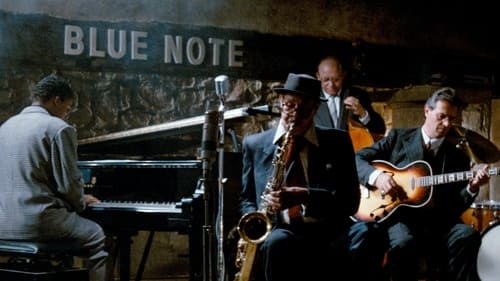
Ночной джаз-клуб, Париж, 1959 год. Пожилой джентльмен нетвердой походкой приближается к сцене, дрожащими руками касается саксофона, он пьян. Но вот он начинает играть, публика замирает, даже бармен за стойкой пританцовывает в ритме джаза; волшебные звуки становятся слышны на парижской ночной улице. Там, на улице под дождем — молодой человек, который не может пройти мимо клуба, он также очарован, он влюблен в игру старого саксофониста. На короткое время судьба свяжет этих двух людей, хотя мэтру джаза жизни осталось совсем немного.
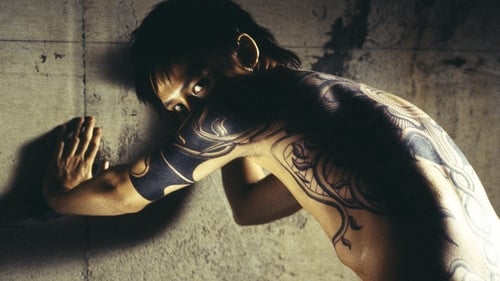
An unknown future. A boy confesses to the murder of another in an all-boy juvenile detention facility. More an exercise in style than storytelling, the story follows two detectives trying to uncover the case. Homosexual tension and explosive violence drives the story which delivers some weird and fascinating visuals.
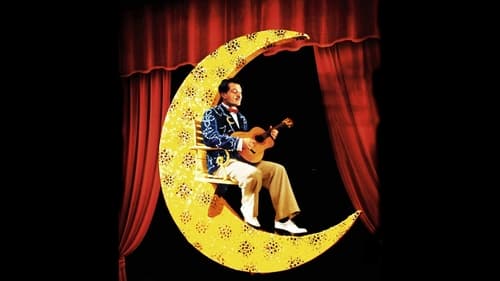
Ретрокомедия о классике джаза - гитаристе Эммете Рэе (Шон Пенн), малоизвестном музыканте 30-х годов. Выше него ценители и он сам ставили только Джанго Рейнхардта, гитариста-цыгана, работавшего в ресторанах Парижа. Эммет любил выпить и поговорить у железной дороги с обычными бомжами и пьянчугами, пострелять по крысам на помойке, он любил игру на гитаре, и был способен на самые невообразимые выходки. Он пускается в загул и просыпается в другом городе, не помня, как туда попал. Он зарабатывал и угощал всех, спуская все, жег деньги… И он божественно играл. Когда Дар достается таким людям, они не носятся с ним, как с писаной торбой, а живут, как удается, не ломая своей природы. Ума Турман в роли писательницы Бланш, бывшей короткое время его женой, и писавшей о нем. Эммет Рэй исчез, и никто точно не знает, как закончилась его жизнь. К счастью, остались записи его музыки.

Бретт, девушка из Джерси и начинающий книжный редактор, старается продвинуться в городе мечты — Нью-Йорке. Встретив популярного литератора Арчи Нокса, она попадает в очаровательный новый мир, о котором всегда грезила. Сможет ли девушка из пригорода реализовать свои мечты о Большом Городе?
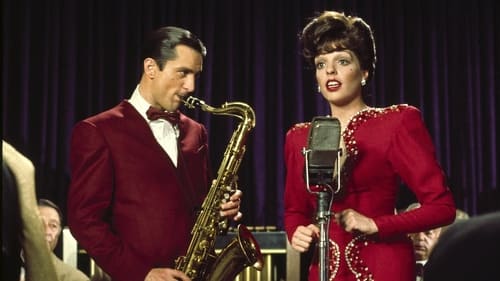
Действие мюзикла начинается в день победы над Германией в 1945 году. На фоне всеобщего веселья, конфетти и музыки бывший герой войны и саксофонист знакомится с певицей, и они любят друг друга и ссорятся на протяжении всего фильма, действие которого погружает зрителя в эпоху больших джазовых оркестров. Почему же они ссорятся? Скорсезе положил в основу сюжета конфликт, часто имеющий место между мужчиной и женщиной, когда оба одинаково талантливы. Особенно острым бывает этот конфликт, когда жена добивается большего успеха, чем муж. Так и здесь одаренный музыкант не может принять успеха жены-певицы.
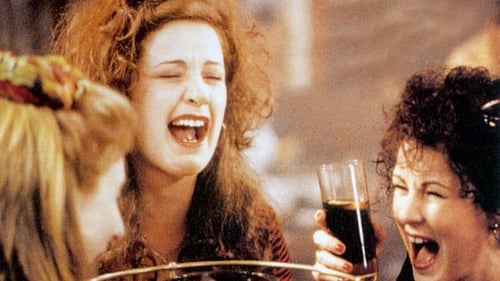
Двадцатилетняя Шэрон Кёрли забеременела от друга своего отца, но не хочет назвать своей семье имя отца ребёнка. Она решает рожать и вся семья, в конце концов, поддерживает её в этом решении. Шэрон придумывает историю об испанском моряке, который якобы является отцом её ребёнка, однако весь город подозревает правду.

In this short film Bert Haanstra gives his vision - from the water – of a tranquil Holland. During filming he held the camera upside down and afterwards put the images ‘up right’ again in the film. By doing this, we see the ‘usual’ waterfront, but transformed by the rippling of the water. In this way Mirror of Holland became a modern looking experimental film. However this did not devalue the Dutch sentiment regarding waterfronts that are so trusted to so many.

In a surreal meeting filled with countless individuals from a variety of backgrounds, nine people recount how sex and sexuality have been used to exert control over their lives. Regardless of race, sexual orientation, nationality, social class, religion, or gender, all are equally shattered and all are equally victims. Those that recount their experiences show that the power / sex dynamic can come in many forms. Whether the power is taken away by physical or psychological means, and regardless of whether it is perpetrated by an individual, institution, or society, the results are equally devastating.

A free flow from photography to geometric abstraction hand-painted by Breer. - Harvard Film Archive

A (barely) two minute short is that it was made specially for a Paramount newsreel segment on Bute and Nemeth making films in their teensy New York apartment. Paramount apparently never got round to including the filmmakers in any newsreel, but their own film survived in the Bute-Nemeth Archive. (weirdwildrealm.com) To the rhythm of music that sounds a bit like a Busby Berkeley tune, lines and circles appear against a black background. Then triangles, in groups. Black and white squares move in tandem. Sparkling forms turn in kaleidoscopic patterns. Then cubes appear, white against the background, bouncing; a yin and yang rotate a few times before the film ends with an quick burst of scattering light.

Zdenek Pešánek created the first public kinetic sculpture, for the power station in Prague. This short experimental film focuses on a kinetic sculpture by Zdenek Pešánek. For a period of eight years it issued beams of light from the outside wall of a transformer station at Prague’s power utility before its destruction in 1939. Though genuine, these shots seem abstract to us. They are a rhythmically assembled ode to the light-creating devices and phenomena of electricity. Light arcs, coils, bulbs and various luminous elements support the alternation of positive and negative film images, creating an impressive universe of light and shade. In the 1920s, Pešánek had obtained financial support for his work with electric kinetic light art. In the 1930s, he was the first sculptor to use neon lights. He built several kinetic light pianos, and published a book titled “Kinetismus” in 1941. —http://www.centerforvisualmusic.org

Harry for the Holidays" is both a traditional and musically adventurous Christmas television special, shot in high definition and originally broadcast on NBC in 2003. The unusual yet beautiful setting is the historic interior of the Bowery Savings Building/Cipriani 42nd Street; one can see an occasional car flash by through windows behind Harry Connick Jr. and his Big Band. Connick's program includes holiday standards but his arrangements are novel, cutting against the melodiousness of the likes of "Silver Bells" or "Frosty the Snowman" with edgy strings, sizzling brass, and complex rhythms. "Santa Claus Is Coming to Town" and "The Happy Elf" swing like nobody's business, while "Silent Night" shifts from blues to ballad to gospel in a collaboration between Connick, Marc Anthony, and Kim Burrell. Whoopi Goldberg and Nathan Lane turn up for some cute sketches, and there's a bonus: Connick and Burrell doing the lovely "I Pray on Christmas," not seen in the NBC broadcast.

Harry Connick, Jr. has redefined the art of jazz piano and vocals. His repertoire ranges from stylish and witty interpretations of jazz standards to his own compositions, arranged for solo piano, jazz trio and big band. Singin' & Swingin' charts Harry's exploration of this musical style, in videos for five songs, and in three songs filmed live at London's Dominion Theatre for this home video, plus an exclusive interview.

Neil Finn brings together some of his musician friends from around the globe for an awesome series of concerts at the St. James theatre in Auckland, New Zealand. Includes performances with Johnny Marr, Eddie Vedder and Radiohead's Ed O'brien and Philip Selway. Along with kiwi artists Tim Finn and Betchadupa.
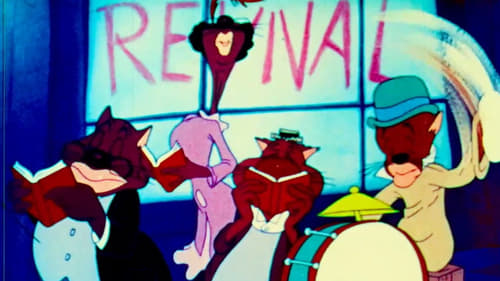
A jazz cartoon involving a "Fats Waller"-like cat who leaves the "Uncle Tomcat Mission" for the local jazz club.

"Single Frame sequences of TV or film images, with periodic distortions of the image. The images are airplanes, women men interspersed with pictures of texts like: 'silence, genius at work' and 'ich liebe dich.' The end credit is 'Television décollage, Cologne, 1963."

In 1969, the painter-sculptor Daniel Pommereulle made his third film, this one financed by Sylvina Boissonnas. Although only a short, Vite was one of the most costly of all the Zanzibar productions. It features, for instance, shots of the moon taken by a state-of-the-art telescope, the Questar, that Pommereulle first saw while visiting Marlon Brando in southern California in 1968. In Rohmer’s La Collectionneuse, Pommereulle and his friend Adrien philosophize on how best to achieve le vide (emptiness) during their summer holidays. Three years later, Pommereulle would transform the word “vide” to “vite” (quickly), signifying his profound disenchantment with the aftermath of the revolution of May ’68. —Harvard Film Archive

